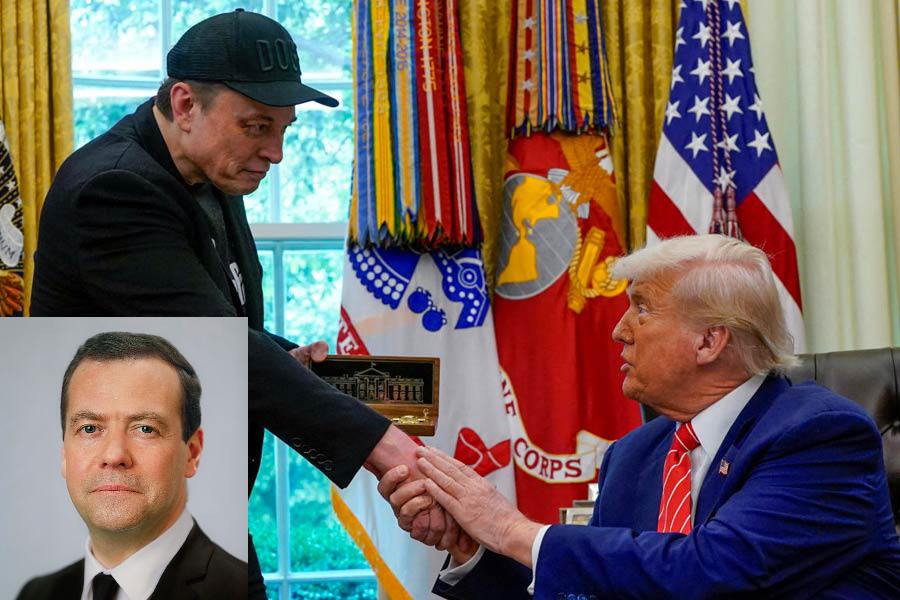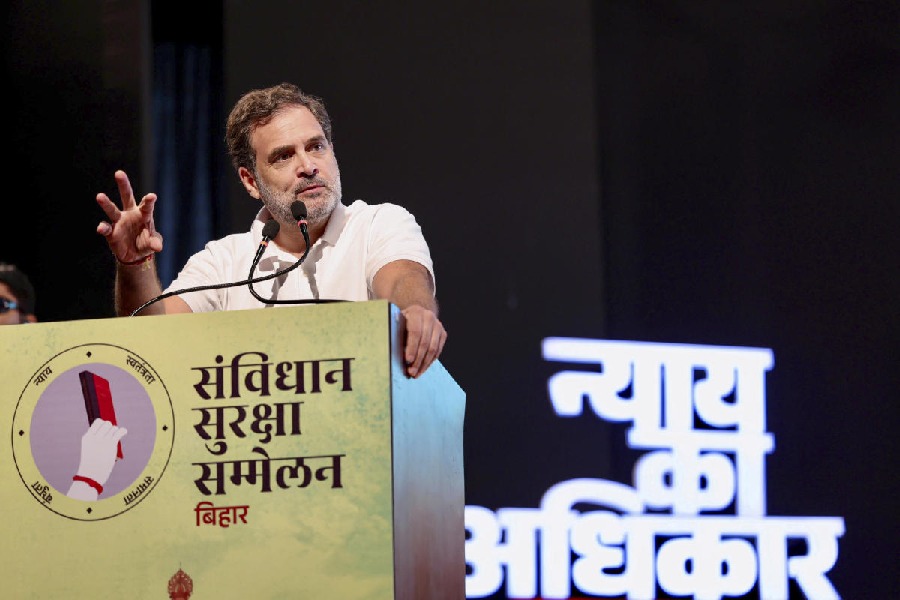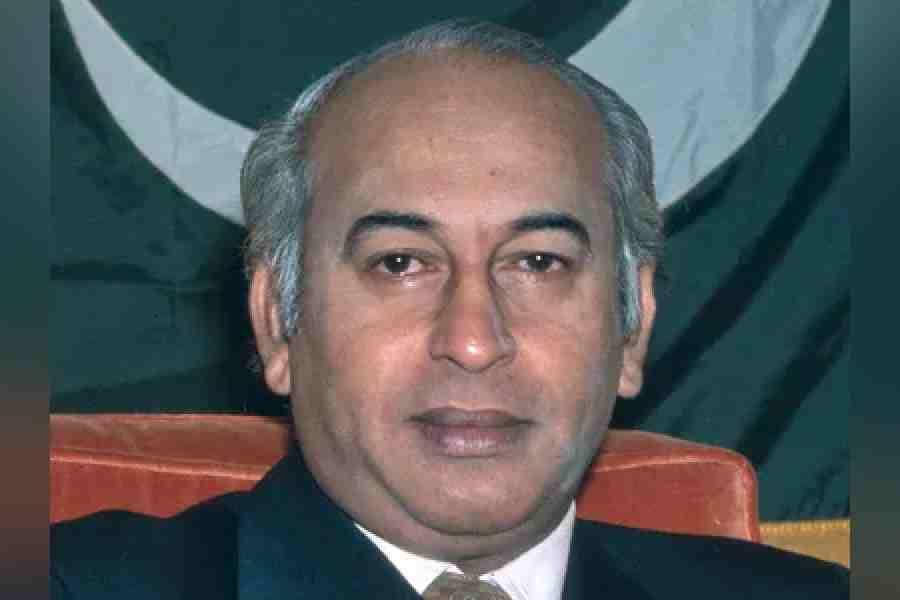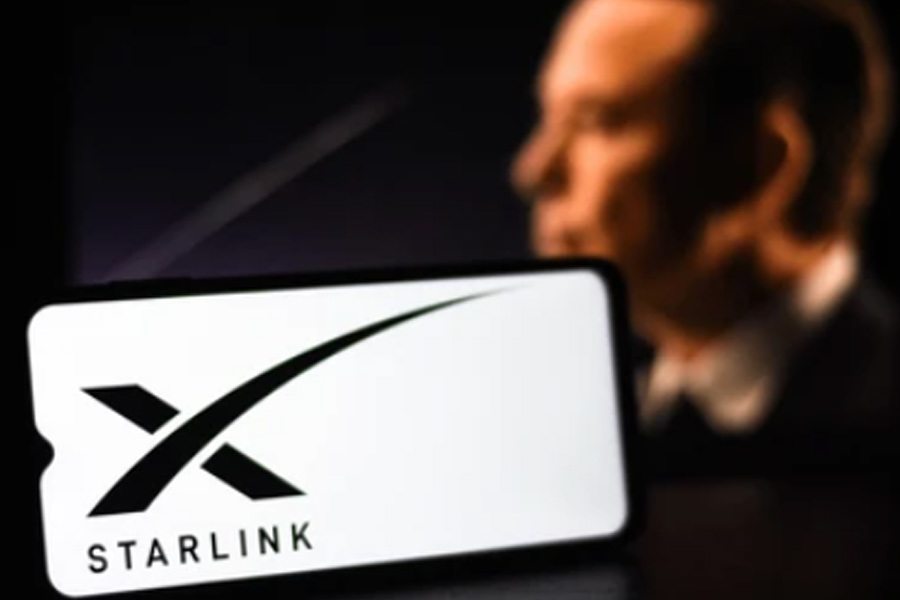Calcutta: Faced with the prospect of being outvoted, the Board of Control for Cricket in India (BCCI), Monday, fell in line with the mandatory use of the much-debated Decision Review System (DRS) in all international matches.
At the International Cricket Council’s annual conference, in Hong Kong, the Indian Board agreed to a modified version of the technology to be used during the matches. According to the recommendations of the ICC chief executives’ committee, the agreed standards will include infra-red cameras and audio-tracking devices.
However, as a face-saver, the mighty BCCI, has got the apex body to approve that the current ball-tracking technology (Hawk Eye) is not fool proof and that it will only be used as a decision-making aid subject to bilateral agreement between the participating teams.
The BCCI’s decision to abandon its rigid stand on the use of technology comes days after former England captain Geoffrey Boycott had criticised the Indian Board on its stand and had said: “If a majority of the ICC countries believe that the DRS is a good improvement for international cricket, they should vote for it and say, ‘Sorry India, you are in a minority.’ It’s supposed to be a democracy around the world, where the majority takes precedence.”
The statement released by the ICC on Monday read: “The chief executives’ committee today (Monday) unanimously recommended universal standards for the usage of technology in decision-making (DRS) in all Test matches and one-day Internationals, subject to availability and commercial considerations. The agreed standards will include infra-red cameras and audio-tracking devices.
“The CEC also agreed that further independent and expert research will be carried out into ball-tracking technology and its accuracy and reliability. The continued use of ball-tracking technology as a decision-making aid will depend on bilateral agreement between the participating members.”
The BCCI’s statement, on the other hand, said: “The BCCI has always expressed its willingness to embrace technology, for the betterment of the game.
However, the current ball-tracking technology, on which the DRS system is based, is not acceptable to the Board… The BCCI’s view was supported at the ongoing ICC meeting, in Hong Kong.”
The chief executives’ committee also approved the cricket committee’s recommendation to reduce the number of unsuccessful reviews in ODIs from two to one.
The chief executives’ committee also agreed and recommended the Future Tours Programme (FTP) 2012-2020 to the ICC executive board for adoption. The ICC executive board will meet in Hong Kong on June 28-29, 2011.
The key recommendations it has made to the ICC executive board are:
Format of ODI cricket
The chief executives’ committee agreed with the cricket committee’s recommendations for the restriction of the elective Powerplays to between the 16th and 40th overs of each innings and also to the use of two new balls per innings — one from each end. This will come into effect from October 1.
Also, the ICC advised members Boards to try out some specific innovations in their domestic cricket. These innovations include a review of the maximum number of overs that a bowler can bowl; an increase from one to two for the number of short balls permitted per over; no compulsory requirement for close catchers; and a maximum of four fielders outside the 30-yard circle during non-Powerplay overs.
Runners
The chief executives’ committee agreed with the cricket committee’s recommendation to abolish runners in international cricket.
Over-rates
The ICC was also concerned at the slow over-rates in Tests and agreed on stricter sanctions against captains for over-rate breaches. A captain will now be suspended for two over-rate breaches in a 12-month period in any one format of the game rather than the current position which is three breaches prior to suspension.
Also approved was the recommendation that batsmen can be given out for obstructing the field if they change their direction when running between the wicket to block a run-out chance.










